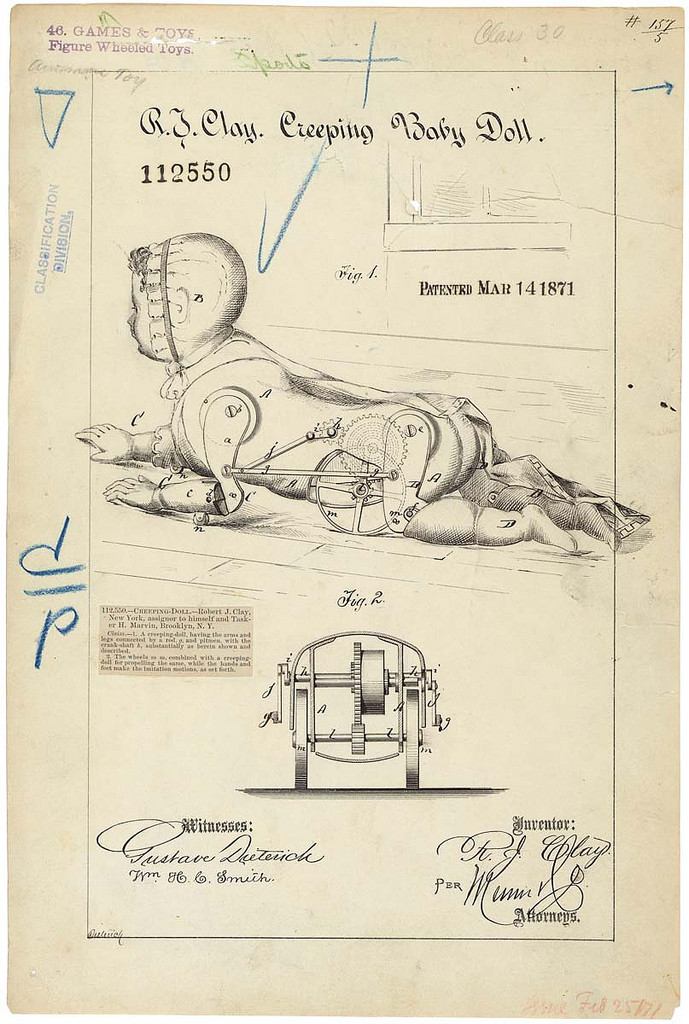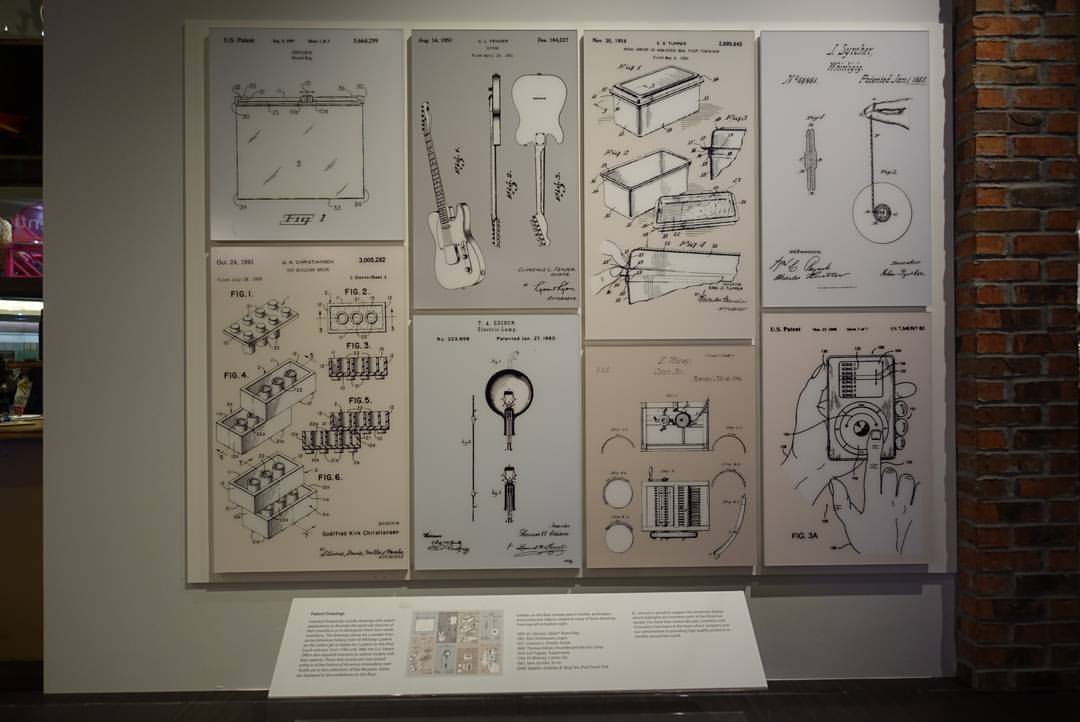Post your old blueprints here. I count anything not detailing something we use everyday as "historical", even if the blueprint itself is only a few decades old. Try to include the name of the inventor as well as the invention if you can. The more bonkers, useless and idiosyncratic of an invention, the better.
Let me start by introducing to you Antoine Lavoisier's Solar Furnace, from the late 18th century:

Let me start by introducing to you Antoine Lavoisier's Solar Furnace, from the late 18th century:


